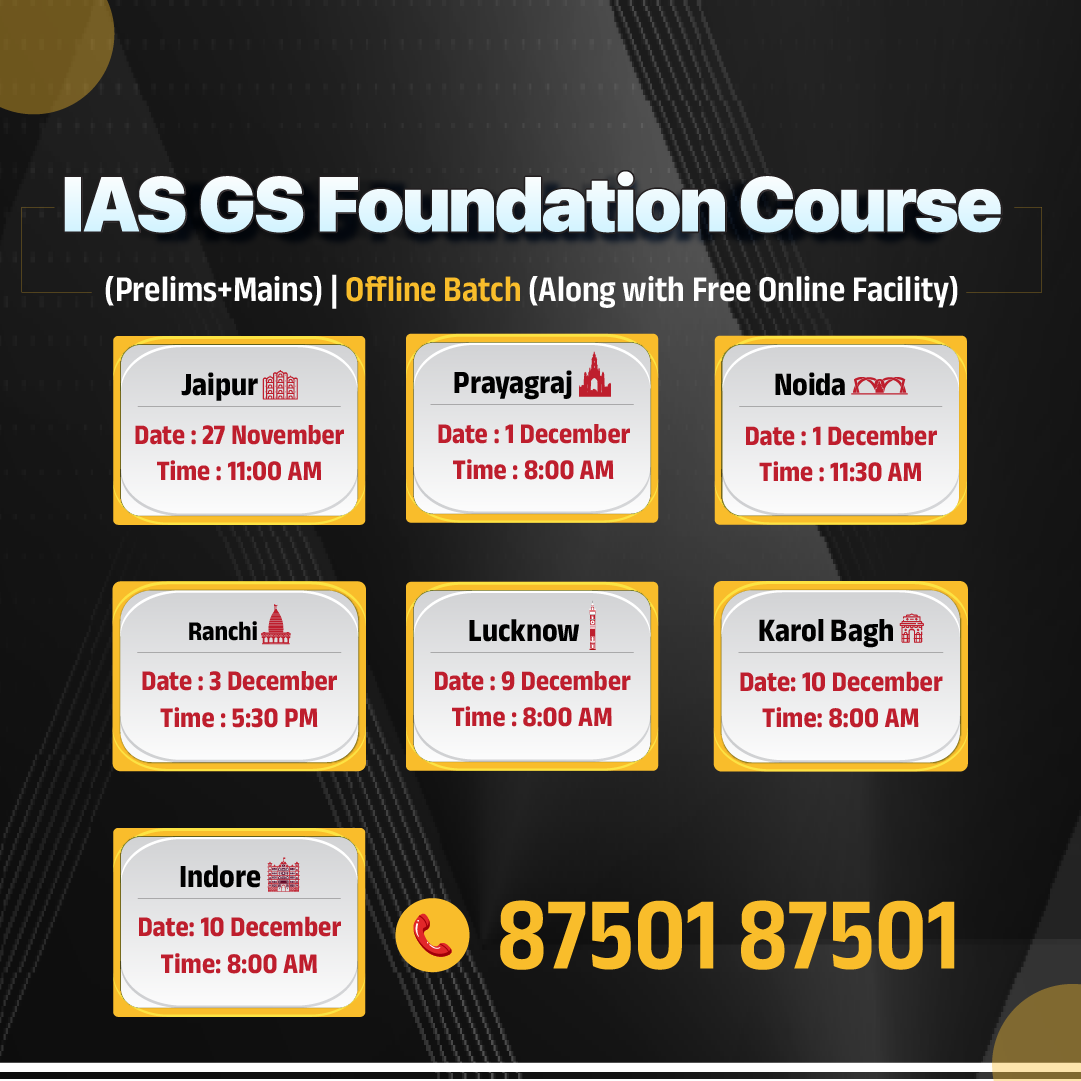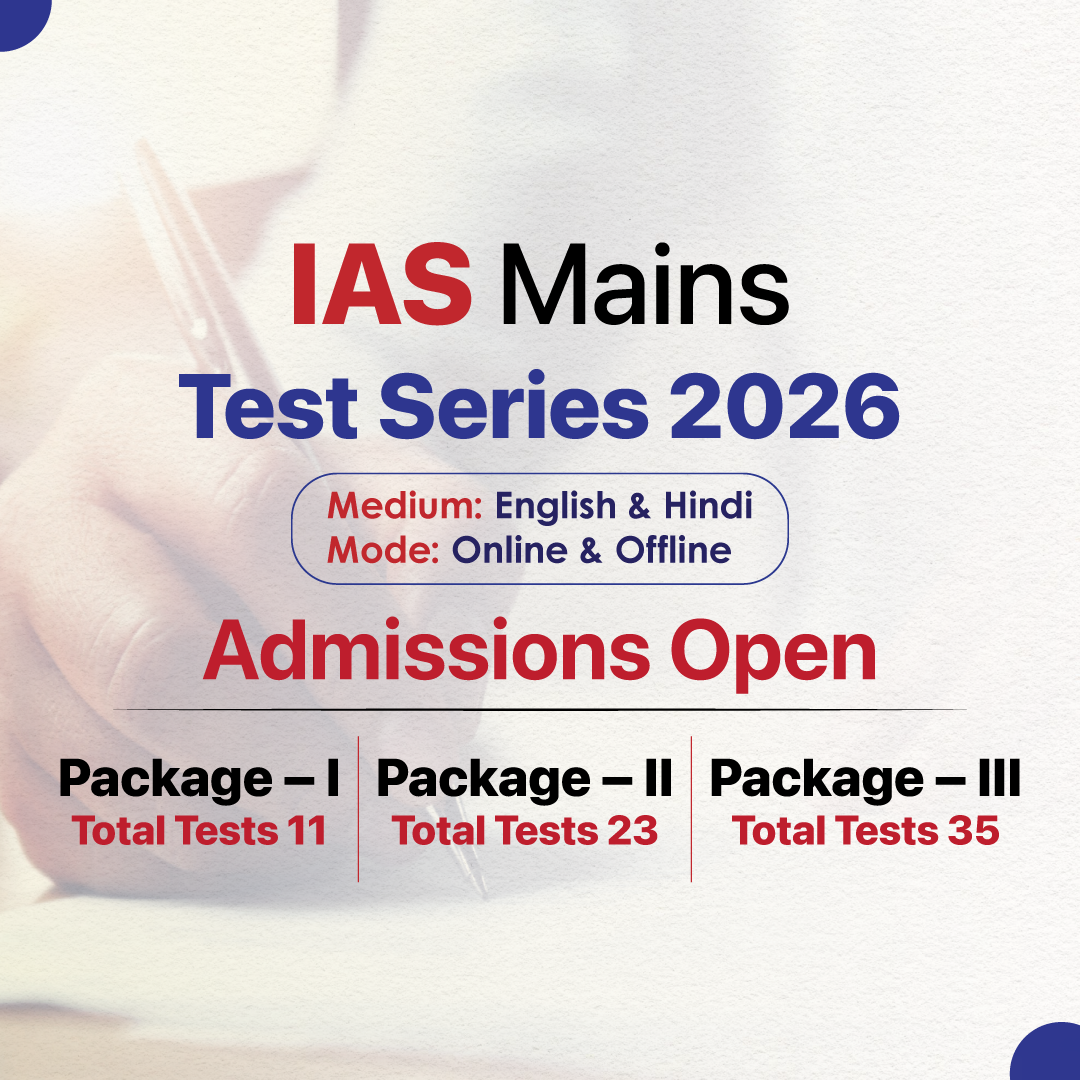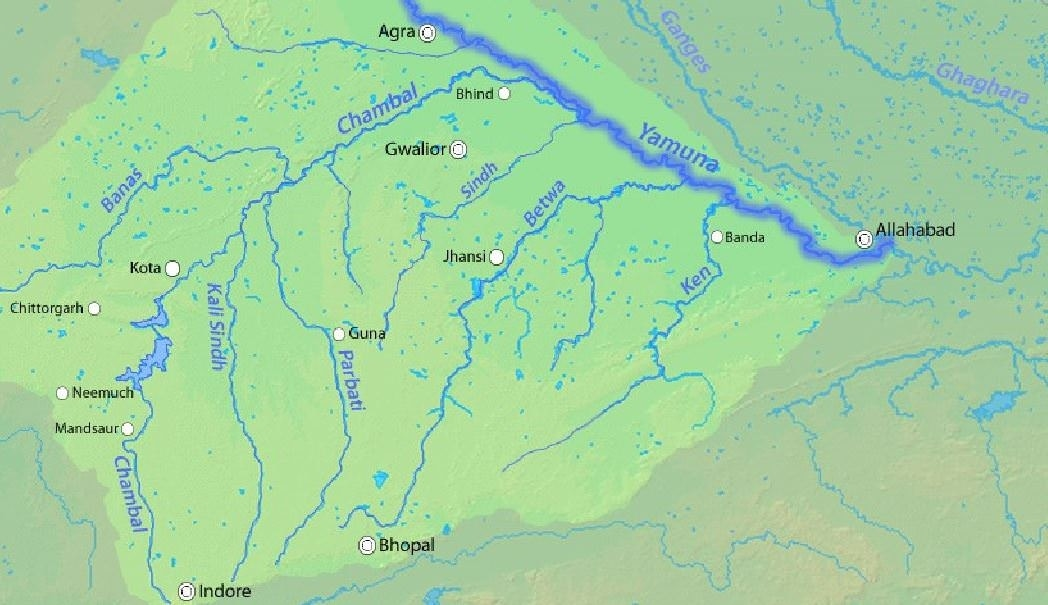Chhattisgarh Switch to Hindi
Chhattisgarh Activist to Receive Green Nobel
Why in News?
Chhattisgarh’s environmental activist and convener of Chhattisgarh Bachao Andolan (CBA), Alok Shukla has been selected for prestigious international level award Goldman Environmental Prize 2024, also known as the Green Nobel.
Key Points
- He is selected for his struggles and initiatives to protect the environment including Hasdeo Arand, one of the largest dense forests in central India spanning up to 170,000 hectares, having 23 coal blocks into it. He will be felicitated in the United States.
- He successfully campaigned and mobilized the indigenous communities and those affected by coal mining to campaign against Adani mining to save 445,000 acres of biodiversity-rich forests from 21 planned coal mines in the tribal dominated state Chhattisgarh.
- In 2009, the environment ministry notified Hasdeo Arand to be a “No-Go” zone for mining due to its rich forest cover but opened it again for mining. The CBA continuously fought to make Hasdeo Arand mining free.
Hasdeo Arand Forest
- Hasdeo Arand, a sprawling forest in the northern part of Chhattisgarh is known for its biodiversity and its coal deposits.
- The forest falls under Korba, Sujapur and Surguja districts with significant tribal population.
- The Hasdeo river, a tributary of Mahanadi, flows through it.
- Hasdeo Arand is the largest un-fragmented forest in Central India consisting of pristine Sal (Shorea robusta) and teak forests.
- It is a noted migratory corridor and has a significant presence of elephants.
Green Nobel Prize
- The Goldman Environmental Prize (also known as Green Nobel Prize) recognizes individuals for sustained and significant efforts to protect and enhance the natural environment, often at great personal risk.
- It has been awarded annually by the Goldman Environmental Foundation since 1990.
- It honours people from the world’s six continental regions: Africa, Asia, Europe, Islands & Island Nations, North America, and South & Central America.
- The Goldman Prize views “grassroots” leaders as those involved in local efforts, where positive change is created through community or citizen participation in the issues that affect them.
- Goldman Prize recipients are usually people from isolated villages or inner cities who choose to take great personal risks to safeguard the environment.
- The winners are announced on Earth Day which is observed on 22nd April every year.
Chhattisgarh Switch to Hindi
Muria Tribe
Why in News?
Muria Tribe, living in the border areas between Andhra Pradesh (AP) and Chhattisgarh are possessing voter cards of both the States, one is to exercise their franchise and the other is for references and proof of their nativity.
Key Points
- The settlement is in India's Red Corridor on the Andhra Pradesh-Chhattisgarh border, affected by Naxalism. It is an oasis within a reserved forest, protected by strict laws against settlement and deforestation.
- The Muria settlements are home to around 6,600 Internally Displaced People (IDPs) in AP. The native tribes refer to the Murias here as 'Gutti Koyas'.
- This Tribe was displaced during the conflict between Maoists and Salwa Judum.
- The Muria are an indigenous Adivasi, scheduled tribe Dravidian community of the Bastar district of Chhattisgarh. They are part of the Gondi people.
Salwa Judum
- It is a group of tribal persons mobilized for resistance against outlawed armed naxalites.The group was reportedly backed by government machinery in Chhattisgarh.
- In 2011, Supreme Court of India ruled against arming civilians in this manner banned Salwa-Judum and directed Chhattisgarh government to disband any militia force founded to combat Maoist guerrillas.
Internally Displaced People (IDPs)
- IDPs are persons or groups of persons who have been forced or obliged to flee or to leave their homes or places of habitual residence, in particular as a result of or in order to avoid the effects of armed conflict, situations of generalized violence, violations of human rights or natural or human-made disasters, and who have not crossed an internationally recognised border.
Uttarakhand Switch to Hindi
Uttarakhand Suspends License of Patanjali Products
Why in News?
Uttarakhand Government has suspended manufacturing licenses of 14 products made by pharmaceutical companies of yoga guru Ramdev for repeatedly publishing misleading advertisements about their efficacy.
Key Points
- The Supreme Court of India has in recent weeks repeatedly criticized Ramdev for not complying with its directives in an ongoing lawsuit to stop misleading advertisements of some of his traditional ayurvedic medicines.
- The list of 14 products whose licenses were suspended included traditional medicines for asthma, bronchitis and diabetes.
- The case in the Supreme Court relates to the Indian Medical Association's allegations that the firm, Patanjali, disparages conventional medicines and continued publishing misleading ads despite a court directive to stop them.
- Patanjali's advertisements violated the Drugs & Other Magical Remedies Act, 1954 (DOMA), and the Consumer Protection Act, 2019 (CPA).
- The Drugs and Magic Remedies Act, 1954, regulates drug advertisements and bans promotions of certain magic remedies.
- It prohibits ads that falsely represent a drug's nature or effectiveness and those promoting drugs for specific diseases listed in the Act.
- Additionally, it prohibits advertising magic remedies claiming to treat the same diseases.
- Section 89 of the CPA imposes stringent penalties for false or misleading advertisements.
- It states that any manufacturer or service provider who causes a false or misleading advertisement to be made which is prejudicial to the interest of consumers shall be punished with imprisonment for a term which may extend to two years and with fine which may extend to ten lakh rupees; and for every subsequent offence, be punished with imprisonment for a term which may extend to five years and with fine which may extend to fifty lakh rupees.
Bihar Switch to Hindi
Bihar: Highest Lightning Related Deaths
Why in News?
A new study of lightning-related deaths in Bihar has revealed that Sheohar, Banka, Kaimur and Kishanganj districts were the most vulnerable in the state to this natural hazard, recording the highest casualty rate per million population.
- The study examined data from the 2017-2022 period and found that 1,624 people died and 286 were injured due to lightning.
Key Points
- As per the study by India Meteorological Department (IMD) scientists, nearly all the 1,624 deaths were in rural areas and most of these casualties and injuries, about 76.8%, were caused by lightning strikes that occurred between 12:30 pm and 6:30 pm.
- The study identified gender-segregated data for 1,577 deaths. Out of these 1,577 deaths, 1,131 (71%) were men. Rural men between the age groups of 11-15 years and 41-45 years were particularly vulnerable.
- On average, there were 271 human deaths and 57.2 injuries due to lightning strikes each year in Bihar during the six-year study period.
- The state’s annual casualty rate per million of 2.65 was higher than the national average of 2.55.
- The period between May to September was the peak for lightning strikes with June and July accounting for 58.8% of lightning-linked deaths.
- Researchers explained that lightning strikes reach a record high in June and July with the monsoonal current setting in, mainly due to the interplay of easterly and westerly winds.
- According to the Earth Sciences Ministry, Cloud-to-ground lightning strikes claim thousands of lives each year and Bihar ranks among the top three most-affected states in terms of lightning-linked casualties along with Madhya Pradesh and Uttar Pradesh.
- The plains area is prone to thunderstorms and lightning activity as warm, dry air from north-west India converges with moist air emanating from the Bay of Bengal, creating conditions that are favorable for the formation of deep convective clouds.
- In North West Bihar, the lightning strikes are lower but casualties are higher. These parts of Bihar are not urbanised and may be having poor shelter density around farm areas. Socio-economic factors play an important role in mitigating the impact of such natural hazards.
- The threat potential of lightning strikes is not uniform. Topography, elevation, and local meteorological factors determine the spatial distribution of lightning strikes.
- A higher lightning frequency is seen in the eastern region owing to higher moisture incursion.
- Assessing vulnerability and hotspots is important for policymakers and to design mitigation measures.
Westerly Winds
- They originate from sub tropical high pressure belts and move towards subpolar low pressure belts and, prevail between 35° to 60 ° latitudes.
- They are also permanent but more intense during winters. They transport warm and moist air toward the pole.
- Westerly causes formation of fronts along sub polar low pressure zones and transport cyclones toward the western margin.
Rajasthan Switch to Hindi
Chambal River
Why in News?
In a suspected case of suicide, the bodies of a man and a woman were reportedly recovered from Chambal river near a jetty in Kota of Rajasthan.
Key Points
- Chambal is a 960 km long river that originates at the Singar Chouri peak in the northern slopes of the Vindhya mountains (Indore, Madhya Pradesh). From there, it flows in the North direction in Madhya Pradesh for a length of about 346 km and then follows a north-easterly direction for a length of 225 km through Rajasthan.
- It enters UP and flows for about 32 km before joining the Yamuna River in Etawah District.
- It is a rainfed river and its basin is bounded by the Vindhyan mountain ranges and the Aravallis. The Chambal and its tributaries drain the Malwa region of northwestern Madhya Pradesh.
- Tributaries: Banas, Kali Sindh, Parbati.
- Main Power Projects/ Dam: Gandhi Sagar Dam, Rana Pratap Sagar Dam, Jawahar Sagar Dam, and Kota Barrage.
- The National Chambal Sanctuary is located along river Chambal on the tri-junction of Rajasthan, Madhya Pradesh and Uttar Pradesh. It is known for critically endangered gharial, the red-crowned roof turtle, and the endangered Ganges river dolphin.
Uttar Pradesh Switch to Hindi
MoU Between Kashi Vishwanath Dham (KVD) and UPSNA
Why in News?
The Shri Kashi Vishwanath Special Areas Development Board is set to enter into an Memorandum of Understanding (MoU) with UP Sangeet Natak Akademi (UPSNA) to enhance the cultural events at Kashi Vishwanath Dham during various occasions like Mahashivratri.
Key Points
- During a global workshop held in Lucknow, a presentation on the positive impact of cultural activities on the social, economic and cultural scenario of the holy city was emphasised.
- Following this, it was determined to introduce a wider range of colors to the events and activities held during festivals such as Mahashivratri and on significant dates in the Sanatan calendar such as Pradosh.
- According to the director of UPSNA, a comprehensive plan for organising cultural events at KV Dham by Akademi will be presented to the state government shortly.
- After receiving approval by the state government, consent of the religious affairs department’s director and divisional commissioner will be sought to sign the proposed MoU.
- As per the MoU, new arrangements would be made by involving local, national as well as international artistes.
The Uttar Pradesh Sangeet Natak Akademi (UPSNA)
- It is a prominent institution dedicated to the promotion and preservation of music, dance, and theater in the state of Uttar Pradesh, India.
- It was established on 13 November, 1963.


.png)










.png)


.jpg)



 PCS Parikshan
PCS Parikshan



